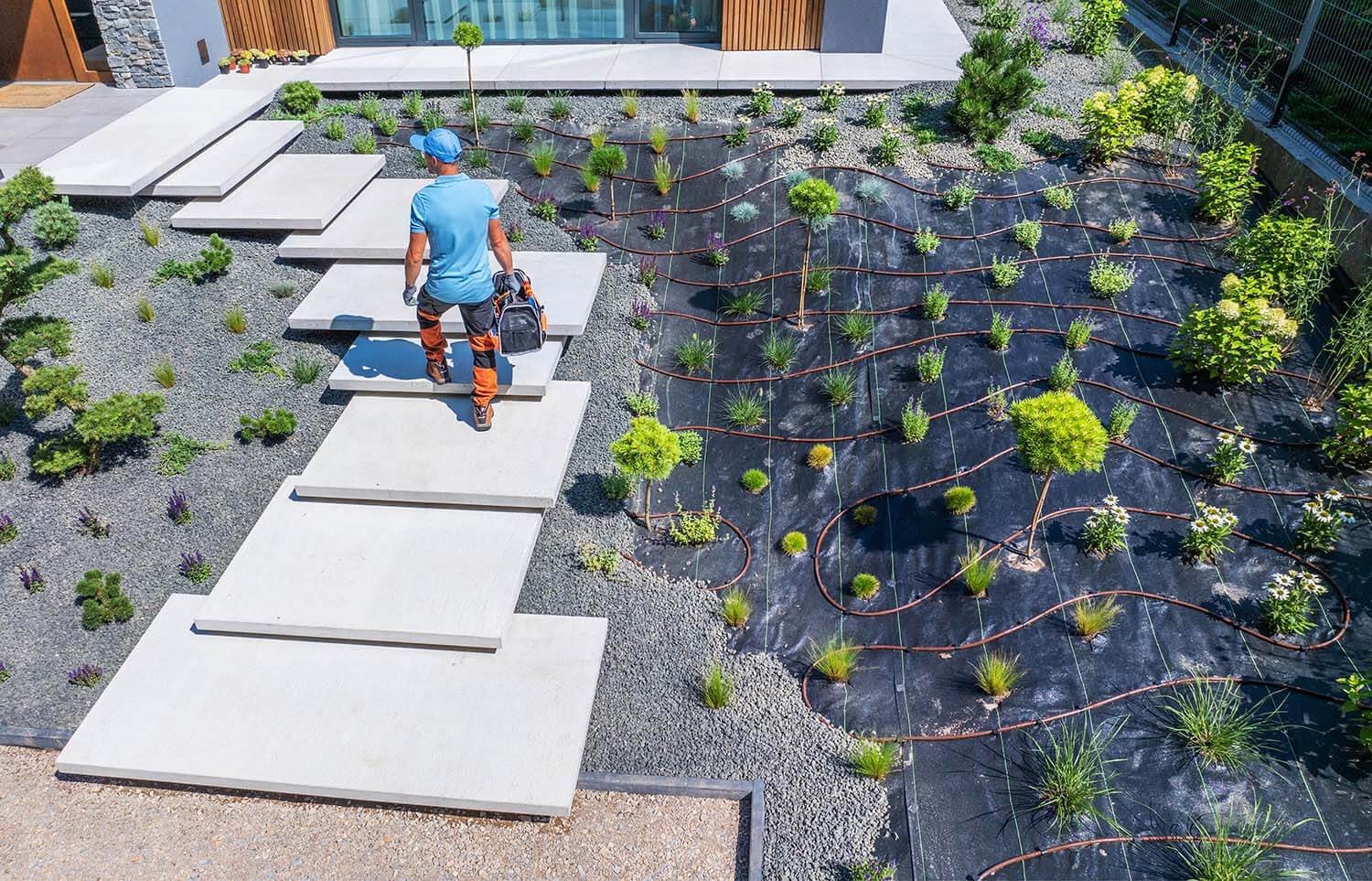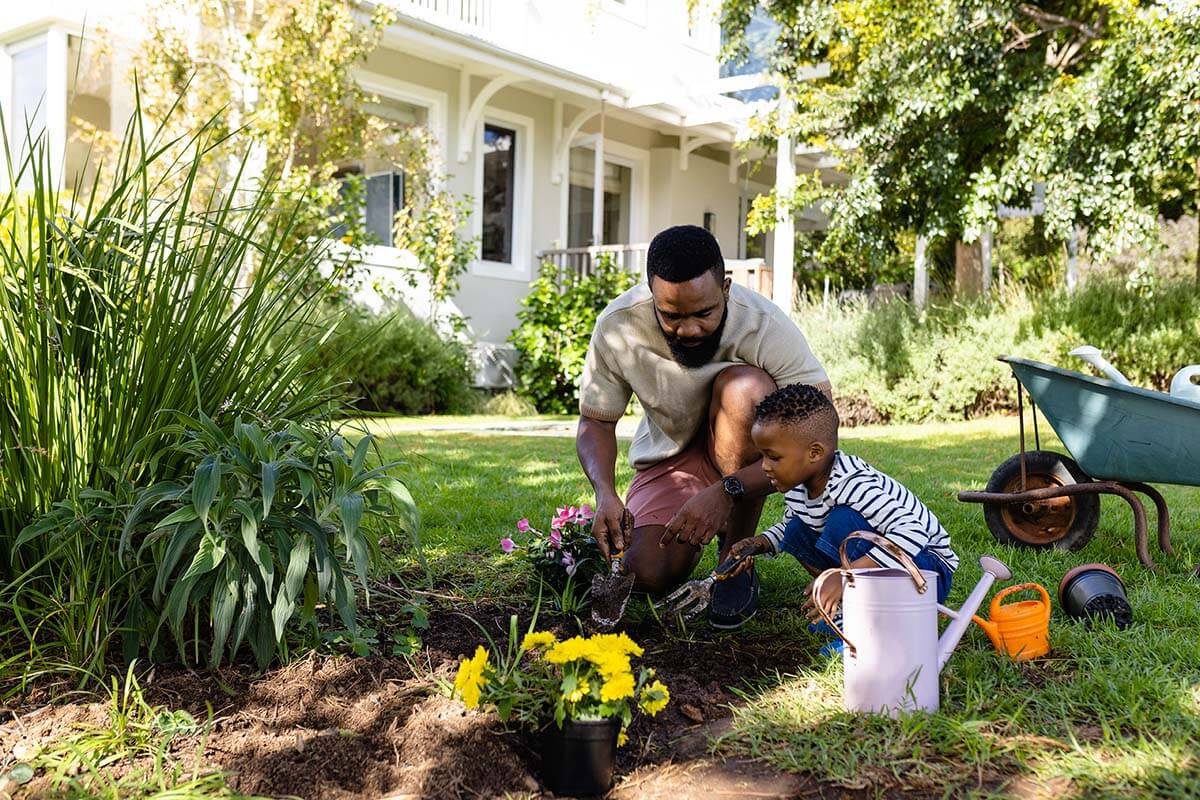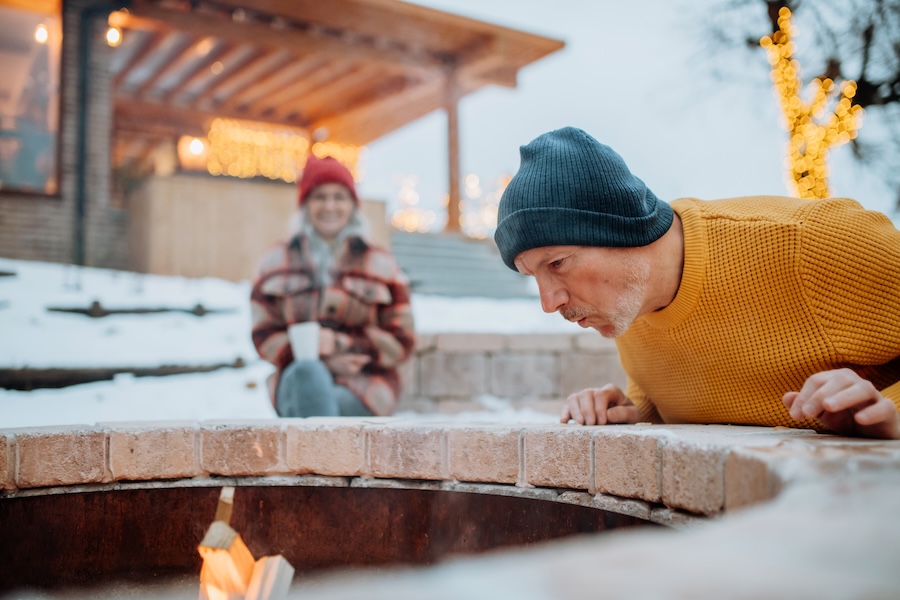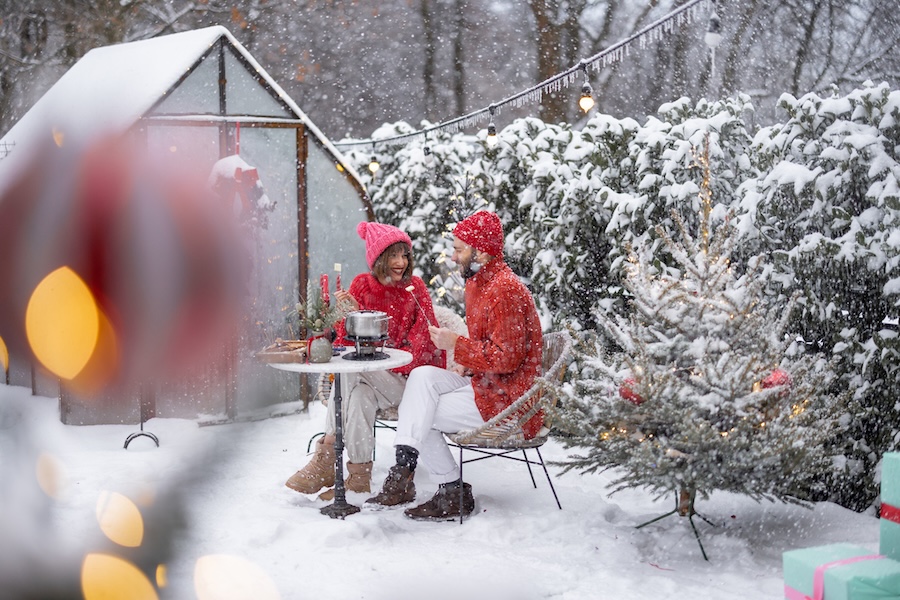Outdoor living is an integral part of Canadian culture, and the appeal of open-air cooking and dining is undeniable.
An outdoor kitchen is more than just a trendy home addition – it’s a functional space that enhances your enjoyment of your backyard, adds value to your home, and provides a perfect spot for entertaining. So how do you create the perfect outdoor kitchen? Grab your grilling spatula, and let’s dive in!
Benefits of an Outdoor Kitchen
An outdoor kitchen goes beyond being a culinary corner; it becomes an extension of your home. With a backyard kitchen, you’re combining the comfort of your indoor spaces with the natural beauty of the outdoors. Imagine hosting weekend barbecues, family dinners under the stars, or simply sipping on a cup of coffee on a crisp Canadian morning – all in the comfort of your outdoor kitchen.
What’s more, an outdoor kitchen adds significant value to your home. Prospective buyers love unique, functional features, and an outdoor kitchen is a prime example. Even if you’re not planning on selling your home anytime soon, you’ll be investing in a feature that not only enhances your lifestyle but also bolsters your property’s value.
Designing Your Outdoor Kitchen Layout
When designing your outdoor kitchen, it’s not just about picking fancy appliances or choosing stylish countertops. The layout of your outdoor kitchen is crucial in creating an efficient, user-friendly space. Just like the heart of your home—your indoor kitchen—your outdoor one needs to be planned with practicality in mind.
Start by considering your cooking routine. How do you move around when you cook? What items do you want to have within arm’s reach? These are important considerations when determining the placement of key elements in your outdoor kitchen. This includes your grill, sink, and refrigerator, which should form an efficient “work triangle,” minimizing the number of steps between each point. This classic kitchen layout strategy can make cooking easier and more enjoyable.
Beyond your work triangle, other elements can influence your kitchen layout. Countertop space, for instance, is vital for food prep. Will you need a large surface for rolling out pizza dough or sufficient space to plate up your barbecue creations? Storage for your utensils, cookware, and outdoor dishware also needs to be factored into your layout design.
Think about seating areas too. Will your guests sit at a bar while you grill, or would a separate dining area suit your entertaining style better? Remember, your outdoor kitchen is as much about socializing as it is about cooking.
Lastly, and importantly for Canadian homeowners, your layout should take into account the different weather conditions. Incorporating shelters such as pergolas or awnings can protect you and your guests during rainy days or provide much-needed shade during sweltering summer afternoons. You also need to consider the wind direction so smoke from the grill doesn’t interfere with your dining experience or drift into your neighbours’ yards.
The layout phase is your opportunity to customize your outdoor kitchen to your exact preferences and needs. It’s about creating a balance between function and aesthetics, ensuring your outdoor kitchen is as pleasing to use as it is to behold.
Choosing the Right Appliances for Your Outdoor Kitchen
Selecting the right appliances for your outdoor kitchen is a critical step in the creation of your outdoor culinary oasis. Of course, a grill or smoker is a must, but what about a pizza oven or a beverage fridge? Your choice should reflect your cooking style, preferences, and budget.
Think about appliances that can withstand the elements, especially during harsh Canadian winters. Stainless steel appliances are a popular choice for their durability and easy maintenance. Furthermore, make sure to invest in appliances specifically designed for outdoor use. This ensures they are built to withstand weather conditions and offer better longevity.
Integrating Your Outdoor Kitchen with Your Landscape Design
Your outdoor kitchen should not stick out like a sore thumb; it needs to blend seamlessly with your existing landscape design. Consider the architectural style of your home and existing outdoor features. Are you going for a rustic, modern, or traditional look? This will influence your choice of materials, colours, and design details.
A cohesive design also involves considering how the kitchen will interact with other backyard features. Will it be near the pool, patio, or garden? Think about how the elements will work together to create a harmonious outdoor living space.
Maintenance Tips for Outdoor Kitchens
An outdoor kitchen, while an exciting addition to any home, does come with its set of responsibilities. Like any part of your home, an outdoor kitchen requires regular maintenance to keep it in top shape and to ensure its longevity.
First off, grill maintenance is crucial. Regular cleaning will prevent buildup on your grill grates, ensuring even cooking and preventing unwanted flare-ups. Deep clean your grill a few times each season to keep it working efficiently and to extend its life.
Stainless steel surfaces, often chosen for their durability and professional look, need regular care to maintain their shine. Wipe these surfaces down regularly to prevent corrosion and remove any spills or drips. There are plenty of stainless steel cleaners on the market that can help maintain the lustre and prevent streaks.
Covering your appliances during harsh weather or when not in use can also extend their lifespan. Even though many outdoor appliances are built to withstand the elements, covers can provide an extra layer of protection against the weather, falling leaves, and other outdoor debris.
In colder months, Canadians must consider the process of winterizing their outdoor kitchen. This means protecting it from freezing temperatures to avoid damage and ensure everything is in working order once warmer weather rolls around. Winterizing could involve draining water lines to prevent pipes from freezing and bursting, removing or covering appliances, and securing the area from snow and ice.
As for your countertops, depending on the material, they might need sealing to protect against stains and weather damage. Wooden surfaces should be treated to prevent rot and warping.
Properly maintaining your outdoor kitchen not only prolongs its life but also makes it safer and more enjoyable to use. A well-maintained outdoor kitchen is a hallmark of a proud and responsible homeowner. It’s an investment worth protecting, and with the right maintenance, your outdoor kitchen will provide you with many years of cooking enjoyment.
How to Choose the Right Materials for Your Outdoor Kitchen
Choosing the right materials for your outdoor kitchen is crucial for both its functionality and longevity. Elements like countertops, cabinets, and flooring need to be durable, weather-resistant, and easy to clean. Materials like stainless steel, stone, and high-quality wood are excellent choices that offer durability and aesthetic appeal.
Ready to create an amazing outdoor kitchen?
Look no further than Jonathan Robert Landscapes. Our team of professionals is ready to help design and build an outdoor kitchen that fits your needs, enhances your outdoor living, and provides a stunning addition to your home. Reach out today and let’s get cooking!






